Student check-ins are an effective way to incorporate social-emotional learning into your school day!
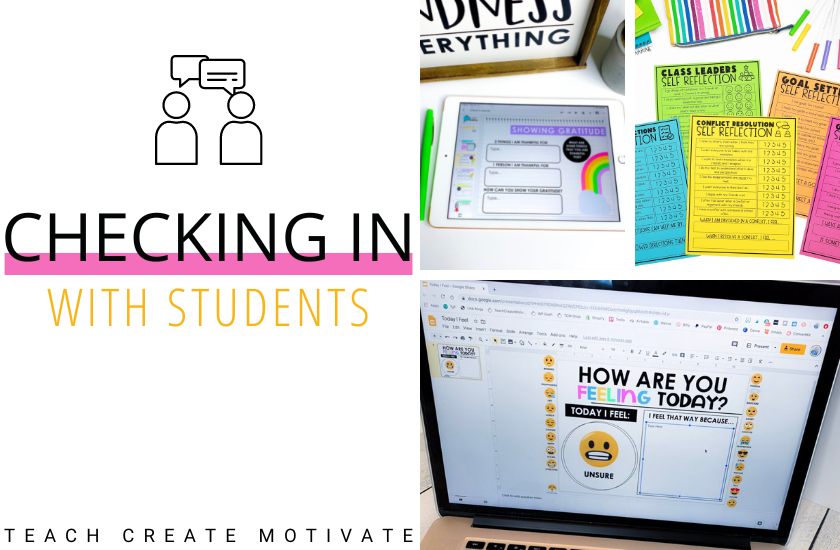
It can be so hard to have a meaningful conversation with every student in the hustle and bustle of the morning! That's why I wanted to share a few quick ideas of ways you can check in with your students without taking much time at all.
DAILY GREETINGS
As students are arriving, stand outside your classroom door! I know this is not a groundbreaking new strategy, but it's still a great one.
As students file in for the day, give them a HUGE smile and a personalized greeting! Give your students choices on how they want to be greeted. For example, you could have them opt for an air high five, a hip bump, or a simple wave hello!
You may be the only smiling face they've seen that morning. A small gesture, like taking the time to greet each student individually, can really make students feel welcome and safe.
EMOJI CHECK-IN
As teachers, we don't always know what students have encountered before arriving in our classroom. Sometimes it can be evident that a student had a rough start to their day, but other times they may do a good job hiding their feelings inside.
Doing a quick check-in with “Today I Feel” is an excellent way for you to know how to individualize your student approach for the day. It doesn't require much time but is a simple act that shows you care.
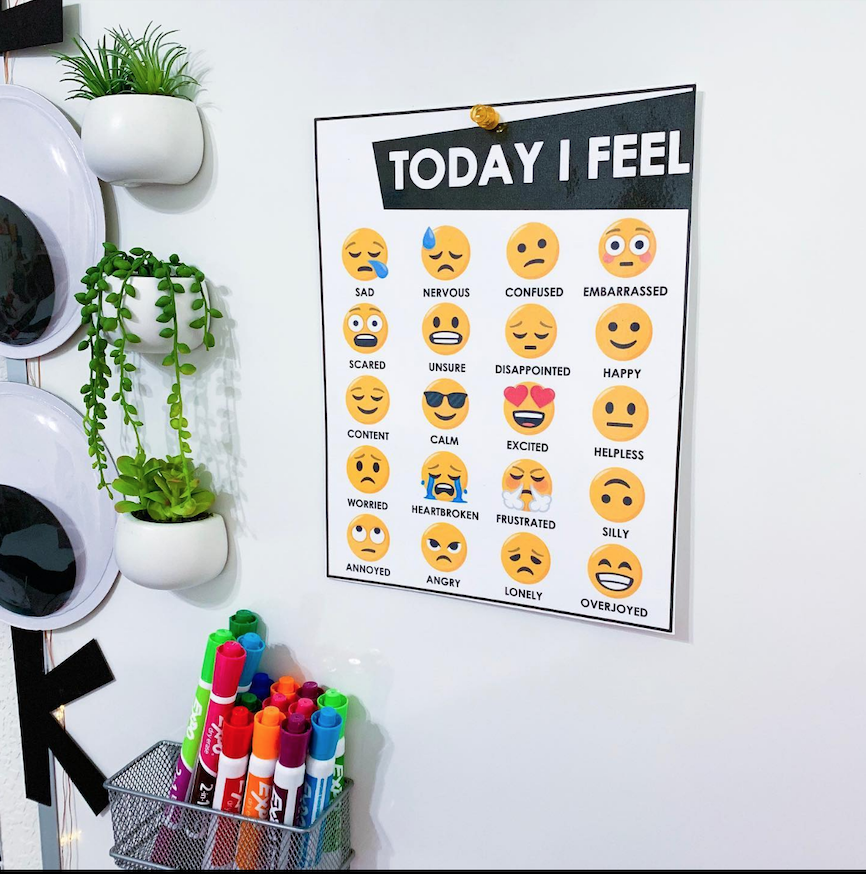
Post it up by the classroom door, and students can point to the emoji that best represents them. There are different emotions to choose from. You could also assign them the slide on your online learning platform, like Google Classroom, and they can communicate that way.
Grab the FREE resources below!
CHECK-IN JOURNALS
Digital Student Check-in Journals perfectly combine social-emotional learning and checking in on your students. The best part is minimal prep is involved. Once you introduce it to your students, they can easily hop on and add to it daily without support.
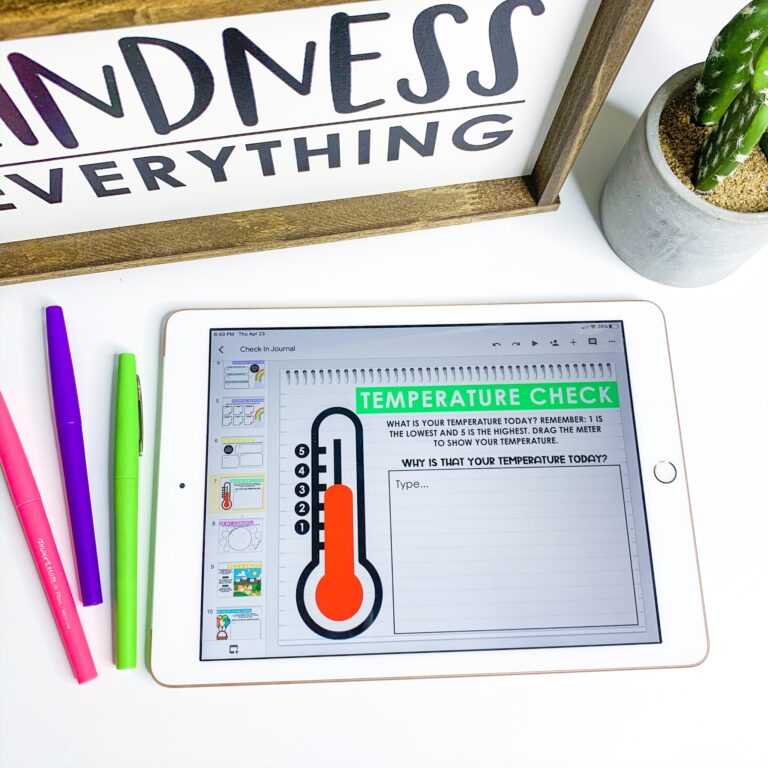
This journal makes it easy for students to work on their emotional health. They can work on slides about growth mindset, expressing different feelings, practicing gratitude, and more.
Check-in journals are a great addition to your morning routine to practice social-emotional skills. Here are some ways to include Check-in Journals in your morning routine:
- Discuss a topic from the journal in the morning meeting & assign students that slide in their journal the next day
- Make check-in journals part of your morning routine as students arrive
- Use check-in responses to choose topics for your morning meetings
- Gather ideas on what your students are feeling & address them with a read-aloud in your morning meeting
- Students can fill out a “Today I Feel” slide at the beginning of the day & at the end
STUDENT REFLECTIONS
If you notice specific topics come up with students during check-ins, have that student or students fill out a reflection. Self-reflections are not only an easy way for the student to evaluate their own emotions, but they can also be a great insight for you as their teacher.
After the student has completed a reflection, have a one-on-one conference with them and talk through their responses. Brainstorm solutions to their problem together if needed, develop an action plan, and let them know how you will support them. Sometimes, all they need is a listening ear and some guidance to tackle their situation. Read more about self-reflections here.
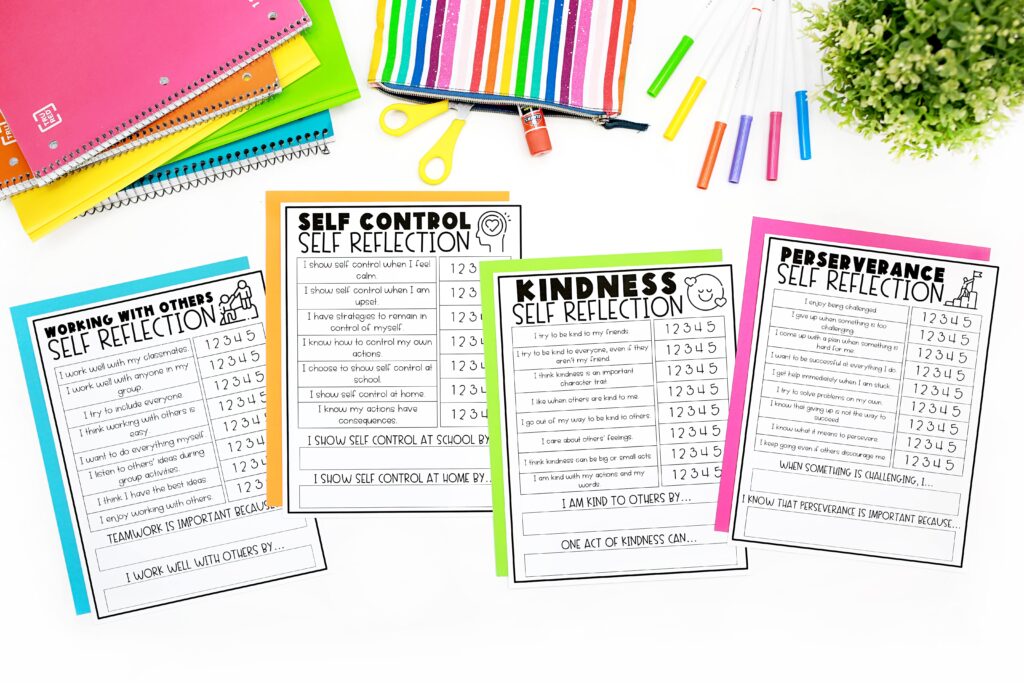
Checking in with your students in these simple ways can really help you build positive relationships with your students. If you see the same things in multiple students, address it with a read-aloud or at class meetings (without singling students out, of course.) Checking in with students is a great tool for building healthy relationships and a strong foundation for a supportive environment.
Pin the image below to revisit this blog post later!
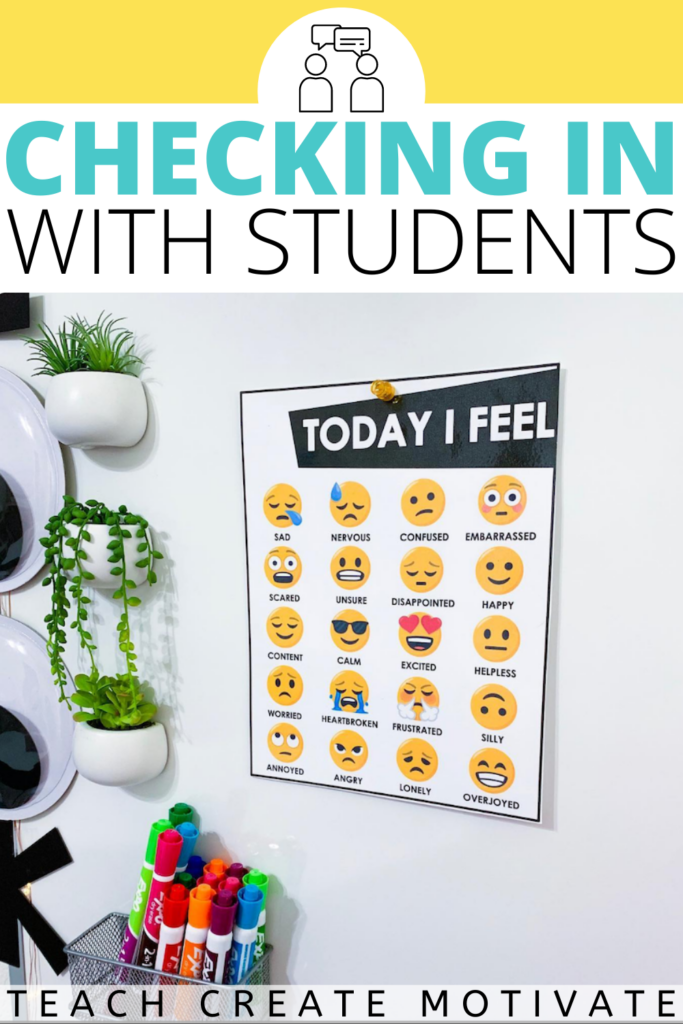
 SPRING ACTIVITIES
SPRING ACTIVITIES
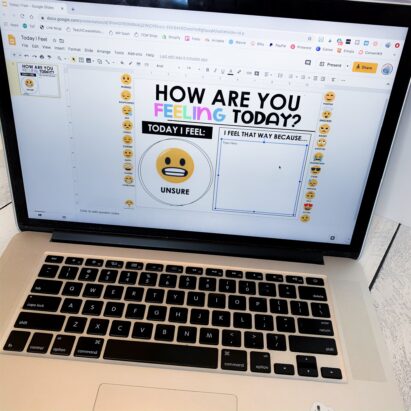
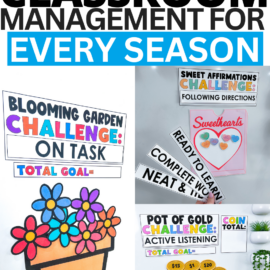
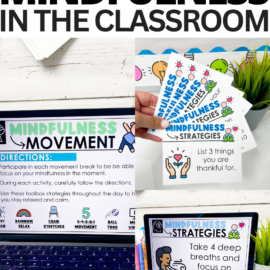


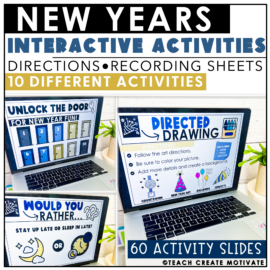
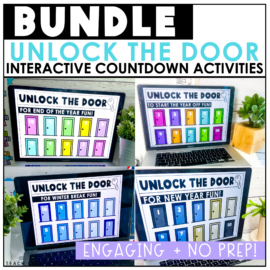
I really enjoyed this post. All of these are attainable activities to incorporate into my day to check on students. Some of them, like the emoji check-in, can give teachers like myself a very quick gauge as to where students are emotionally. This will influence the way we approach a child. I also like some of the more extensive exercises that give a deeper look into a student’s life and what they may be going through.
So glad you enjoyed the post and can use it to support the students in your classroom, Mark!